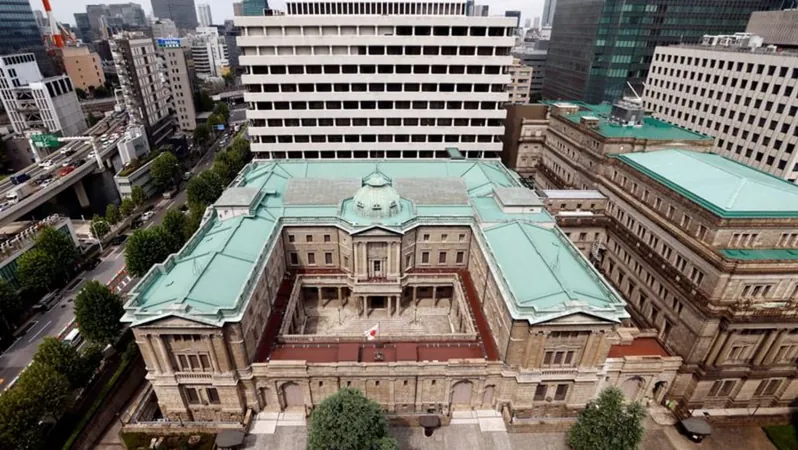
Japan's Service Sector Inflation Remains Stable: What This Means for Interest Rates
2024-09-25
In a significant announcement from Tokyo, Japan's service-sector inflation has maintained its pace at 2.7% for August, according to data released on Wednesday. This figure is essential for the Bank of Japan (BOJ), as it indicates a growing trend of companies passing on increased labor costs to consumers through higher prices.
The BOJ is keeping a close watch on service inflation as it may offer crucial insights into whether consumption-driven price increases are becoming widespread enough to mandate further interest rate hikes. The services producer price index (SPPI), which reflects the prices companies charge each other for their services, saw a steady year-on-year increase. Notably, this figure mirrored the revised 2.7% gain observed in July, suggesting a consistent trend amidst fluctuating economic conditions.
The increase in service prices was largely attributed to sectors highly impacted by wage growth, including temporary employment agencies and car repair services. Both areas are key indicators of how labor market dynamics are translating into consumer pricing.
BOJ Governor Kazuo Ueda emphasized the importance of the upcoming October data, which will follow the biannual pricing adjustments that Japanese companies typically undertake. At a recent news conference, he stated, "While we can estimate some elements in advance, it is crucial to analyze the actual data to understand whether the wage-driven price hikes in services will become more widespread by October."
The impending service producer price index for October is scheduled for release on November 26, and the consumer inflation figures for the same month will be published shortly before, on November 22. Market analysts suggest that the BOJ is likely to delay any interest rate adjustments during its next policy meeting, set for October 30-31, until this crucial data becomes available.
Earlier this year, in March, the BOJ took a bold step by ending its negative interest rate policy and subsequently raised its short-term policy rate to 0.25% in July. This was based on indications that Japan was making tangible progress towards achieving its inflation target of 2%.
Governor Ueda has maintained that the BOJ will continue to raise rates if inflation trends towards the desired target. However, he has also indicated the need for careful consideration of external economic uncertainties and their potential impact on Japan's delicate recovery trajectory.
Notably, consumer inflation data revealed that general service prices—the costs consumers incur for services—rose by 2.0% in August compared to the previous year, following a 1.8% increase in July. This ongoing inflation reflects the broader context of Japan's economy, where wage trends and consumer spending are increasingly intertwined.
As analysts eagerly await further data, the coming weeks will be pivotal for understanding how Japan's economic landscape is evolving and its implications for monetary policy. Stay tuned for more updates!

 Brasil (PT)
Brasil (PT)
 Canada (EN)
Canada (EN)
 Chile (ES)
Chile (ES)
 España (ES)
España (ES)
 France (FR)
France (FR)
 Hong Kong (EN)
Hong Kong (EN)
 Italia (IT)
Italia (IT)
 日本 (JA)
日本 (JA)
 Magyarország (HU)
Magyarország (HU)
 Norge (NO)
Norge (NO)
 Polska (PL)
Polska (PL)
 Schweiz (DE)
Schweiz (DE)
 Singapore (EN)
Singapore (EN)
 Sverige (SV)
Sverige (SV)
 Suomi (FI)
Suomi (FI)
 Türkiye (TR)
Türkiye (TR)